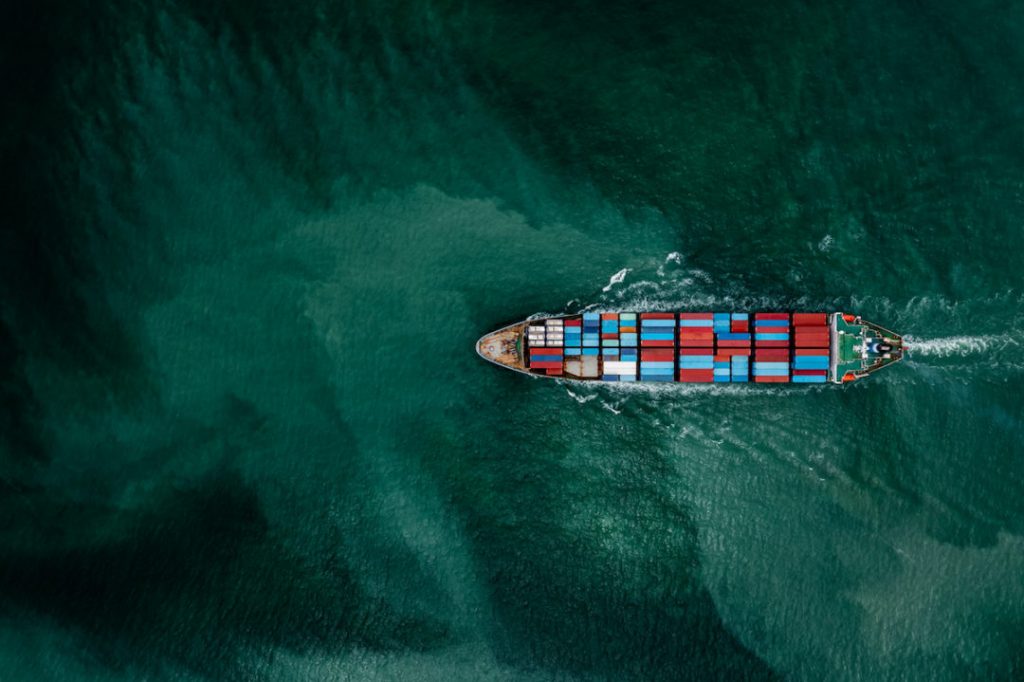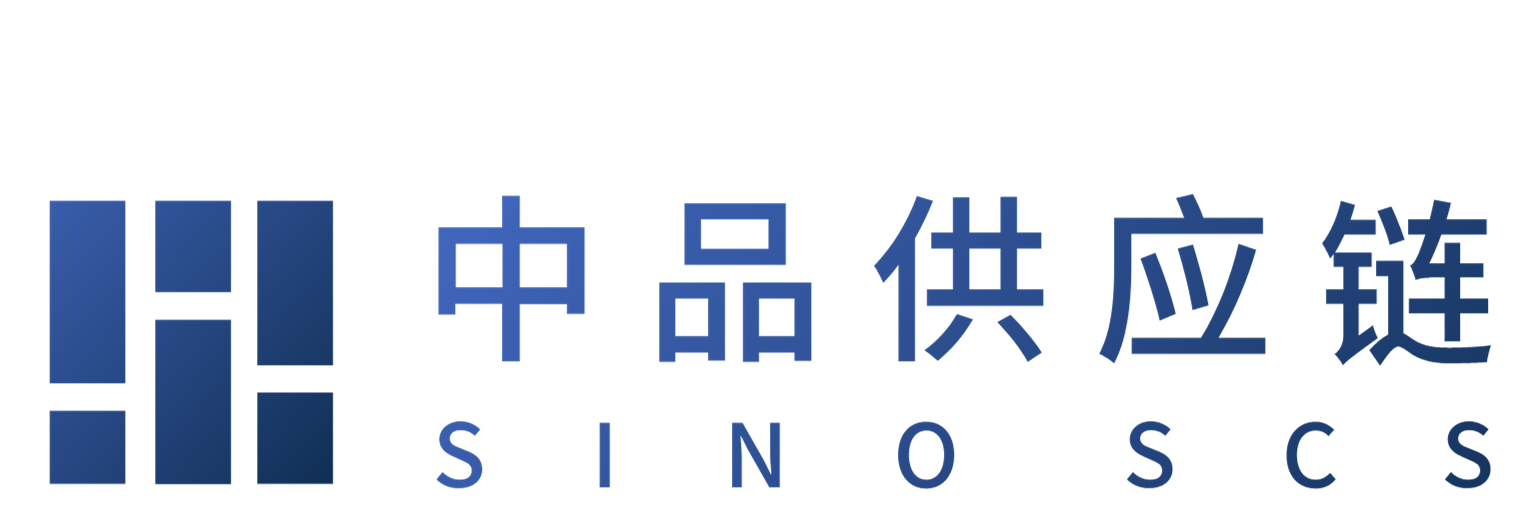Nearshoring on the Rise: Navigating the Shift in EU Sourcing Trends

A recent survey of 800 businesses discovered that, over the last 12 months, 55% of EU-based companies have increased their purchases from local or neighboring suppliers, such as those in North Africa and the Middle East. This growing trend for nearshoring marks a departure from the traditional reliance on distant markets for procurement and manufacturing.
According to research conducted by Buck Consultants International (BCI), 60% of EU and U.S. companies plan to nearshore their production in the coming years.
Several key factors drive EU companies towards nearshoring.
Avoiding Economic Uncertainty and Tariffs
The unstable nature of global markets, highlighted by fluctuating oil prices and the instability of the Euro against other major currencies, has made long supply chains riskier and more expensive. A shift to shorter supply chains not only helps manage the unpredictability of costs — particularly in logistics and tariffs — but also strengthens supply chain resilience by reducing dependency on distant suppliers.
For example, the EU’s 2018 imposition of anti-dumping duties on Chinese steel products, due to unfair pricing practices, significantly impacted European industries. These tariffs, intended to protect European steel manufacturers, raised costs for EU companies relying on Chinese steel, notably in the automotive and construction sectors. Facing higher prices, many of these companies may seek alternatives to maintain competitiveness, turning to nearshoring within the EU or sourcing from neighboring non-tariff countries.
Building Supply Chain Resilience
The COVID-19 pandemic highlighted the vulnerabilities in global supply chains, including EU companies relying on offshore sourcing and production. The disruptions caused by the pandemic, such as border closures, transportation limitations, and shortages of essential goods and materials, made it clear that supply chain resilience was paramount. Nearshoring allows EU companies to reduce their dependence on distant suppliers and minimize the risks associated with global supply chain disruptions.
For example, during the COVID-19 pandemic, Zara’s nearshoring strategy enabled the company to quickly adapt to global supply chain disruptions. By leveraging production facilities located within the EU, Zara reduced its reliance on distant suppliers in Asia. This proximity allowed Zara to maintain shorter lead times, respond swiftly to changing consumer demand, and minimize the impact of logistical challenges, such as transportation disruptions and delays in overseas shipments.
Embracing Technological Advancements
Technological advancements, especially in digital transformation and automation, have significantly enhanced the viability of nearshoring for EU companies, compared to relying on farther and developing-world countries. For instance, consider a German automotive company that decides to nearshore some of its production processes from Asia back to Germany. By leveraging more advanced robotics and automation technologies developed within the EU, such as robotic arms for assembly lines or automated guided vehicles (AGVs) for material handling, the company can significantly enhance its production efficiency and reduce labor costs.
These technologies enable the company to automate repetitive tasks, increase production speed, and ensure higher precision in manufacturing processes. Additionally, they allow for more flexible and agile production setups, enabling the company to quickly adapt to changing market demands and customize products to meet specific customer requirements.
Challenges in Navigating the Shift to Nearshoring
The EU’s internal market presents a unique advantage for nearshoring, facilitating smoother trade among member states, and fostering synergistic collaborations across borders. However, as EU companies venture into nearshoring, they face numerous challenges.
Among these is the complexities of EU regulations. The European Union’s regulatory framework is both vast and varied, encompassing strict standards for product safety, environmental sustainability, data protection, and workers’ rights. For example, compliance with the General Data Protection Regulation (GDPR) requires meticulous handling of personal data, while the Registration, Evaluation, Authorization, and Restriction of Chemicals (REACH) regulation imposes rigorous controls on chemical substances.
Nearshoring production into the EU becomes particularly challenging when considering the varied implementation of EU directives across countries, such as differences in minimum wage laws or environmental reporting requirements. Nearshoring strategies often involve complex supply chain adjustments and realignment towards local suppliers, which must be vetted for compliance with these multifaceted regulations. The need for agility in responding to regulatory changes — such as those pertaining to post-Brexit trade — further complicates strategic planning and operational execution. Consequently, companies must not only conduct rigorous due diligence but also foster robust local partnerships, and invest in continuous monitoring and compliance management systems to navigate this dynamic regulatory landscape effectively, ensuring that the advantages of nearshoring do not become overshadowed by regulatory non-compliance penalties and operational inefficiencies.
Another challenge is finding the right partners. Obviously, nearshoring within the EU and neighboring regions involves locating local suppliers and partners who can meet quality and capacity standards while aligning with the company’s values and goals. However, finding suitable partners can be challenging, particularly for companies new to local market dynamics. Additionally, as companies shift towards nearshoring, there’s a potential for increased risk due to supplier disruptions or quality issues during the initial integration stages. Balancing the demand for quality and reliability with the uncertainties of transition calls for thorough due diligence and proactive risk management strategies.
To address these potential challenges and maximize the benefits of nearshoring, companies must carefully plan and execute their strategies with a focus on key considerations.
Selecting the optimal site for nearshoring. Companies must conduct a comprehensive analysis to identify the most suitable location within the EU for nearshoring operations. Factors such as proximity to primary markets, transportation infrastructure, availability of skilled labor, and potential financial incentives should be carefully evaluated to determine the optimal site for maximizing logistical advantages and operational efficiency.
Efficient integration of local partners. Effective integration of local suppliers into the supply chain is essential for seamless nearshoring operations. Companies should develop strategies for establishing strong partnerships, fostering collaboration, and ensuring alignment with quality standards and production compliance. For example, food manufacturers in the EU can take advantage of consultants to ensure compliance with food safety standards through safe quality food audits. Transparent communication, frequent performance evaluations, and ongoing support are crucial for building trust and reliability with local suppliers.
Enforcing strong risk management practices. Companies must implement strong risk management strategies to protect themselves against adverse impacts. One effective approach is diversifying supplier networks, wherein companies collaborate with multiple suppliers to spread risk, and reduce dependency on any single source. This strategy minimizes the susceptibility to disruptions from a sole supplier.
Moreover, incorporating flexibility into planning is crucial. By remaining adaptable and responsive to evolving circumstances, such as market fluctuations or unexpected events, companies can effectively navigate challenges and sustain operational success.
By proactively monitoring and addressing potential risks, companies can reduce the chances of disruptions and maintain the resilience of their nearshoring operations within the EU.

